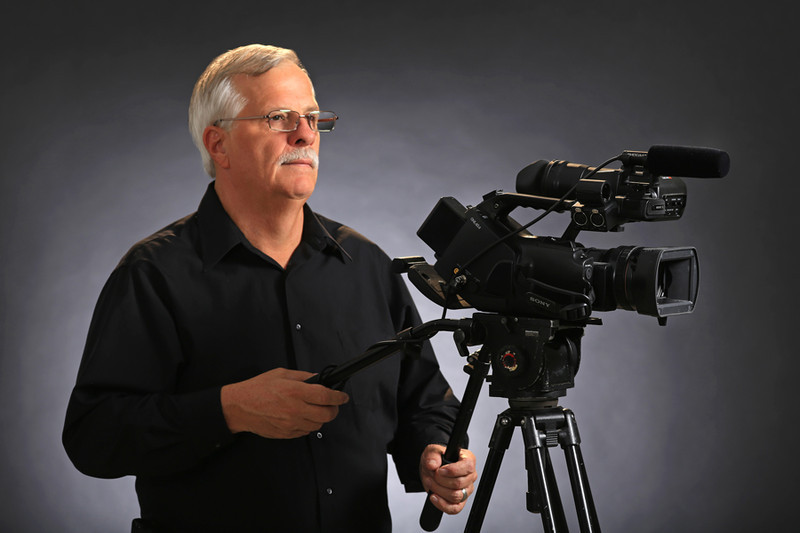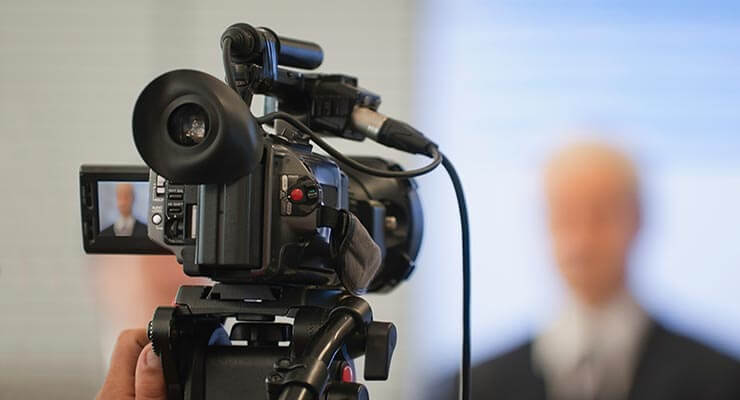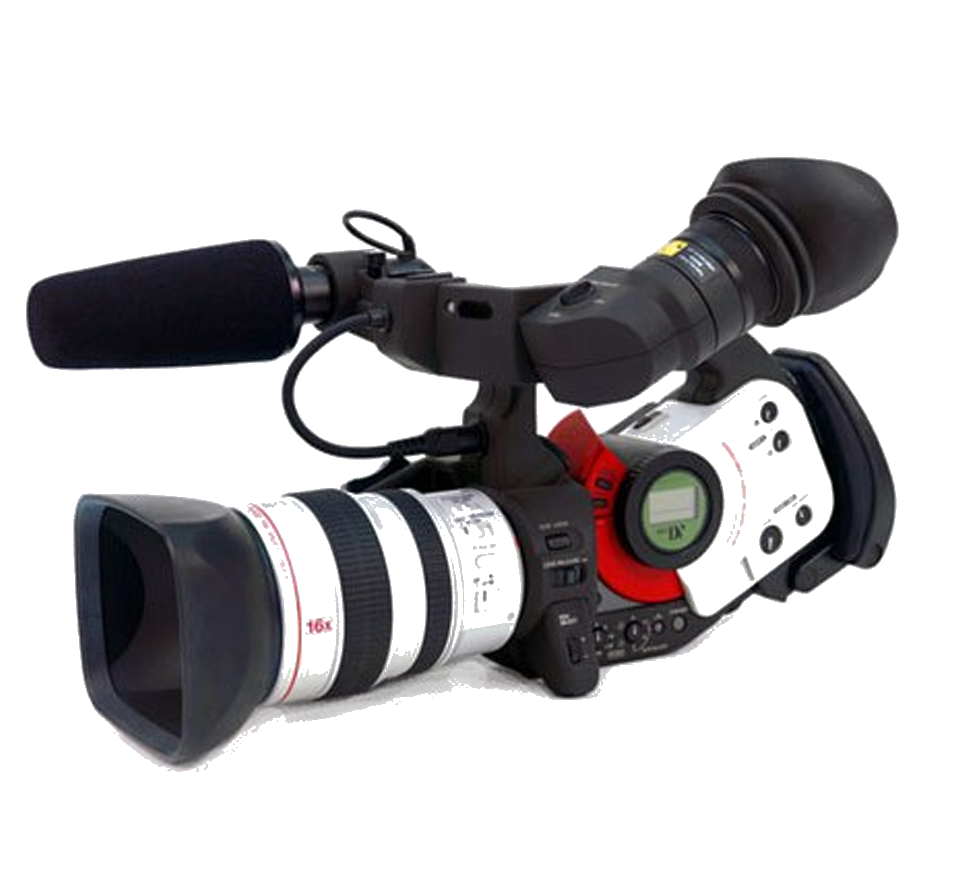Legal Videography Solutions: Catching Proof for Accurate Court Records
Comprehending the Relevance of Videography in Legal Process
The integration of videography into legal process has actually arised as a significant factor in the discussion and analysis of proof. By capturing aesthetic elements such as body language and face expressions, videography enhances the narrative surrounding witness testimonies and can exceptionally influence jury understandings.
Function of Videography forthcoming
Videography plays an increasingly important duty in lawful proceedings, working as a powerful tool for presenting evidence. The integration of video recordings right into the lawful structure allows for a more vibrant representation of facts, enabling judges and jurors to visualize events as they transpired. This aesthetic paperwork can include a variety of materials, consisting of surveillance footage, recorded witness testimonies, and professional presentations, all of which can considerably improve the evidentiary landscape.
Among the primary benefits of videography is its capability to catch subtleties that may be lost in written accounts. Facial expressions, body language, and situational context can provide crucial understandings, aiding to convey feelings and intentions that message alone can not. Moreover, using video clip evidence fosters a more engaging court room experience, possibly helping jurors in recognizing intricate situations.
As innovation breakthroughs, the top quality and availability of videographic evidence have actually improved, making it an integral component of modern-day lawful practices. Courts significantly recognize the worth of video as a reputable source of details, triggering attorneys to adjust their approaches for evidence discussion. Ultimately, videography offers not only to highlight truths but likewise to enhance the general stability of the judicial procedure.

Enhancing Credibility and Clarity
A substantial benefit of including videography in lawful proceedings is its ability to boost both integrity and clearness of evidence provided in court. Videographic proof can catch subtleties that composed papers may overlook, such as tone, body language, and context. This visual representation permits courts and courts to better comprehend the situations surrounding the situation, consequently cultivating a much more accurate understanding of the occasions concerned.

In addition, the clearness managed by videography minimizes the likelihood of false impression that can arise from textual summaries. This precision is specifically critical in complicated cases, where information can be quickly misinterpreted. Eventually, by offering proof in an aesthetically available style, videography not only strengthens the stability of the judicial process but additionally supports informed decision-making by those involved in lawful proceedings.
Influence On Court Assumption
The inclusion of videographic evidence dramatically influences court assumption, frequently causing more involved and informed deliberations. Jurors are typically a lot more responsive to aesthetic info, which can enhance their understanding of complicated cases. Videography presents facts in a way that is both accessible and compelling, permitting jurors to best site connect with the proof on a more personal level.
Moreover, the ability to witness occasions as they happened can stimulate emotional reactions that composed transcripts or verbal statements might stop working to elicit. This emotional engagement can lead jurors to develop more powerful opinions regarding the integrity of witnesses and the total narrative of the situation. The visual representation of evidence likewise assists in making clear uncertainties, making it less complicated for jurors to grasp the context and importance of the details offered.
Moreover, This Site videography can offer as a powerful device for storytelling, enabling lawyers to build a persuasive story that resonates with the jury. When jurors can visualize circumstances and witness crucial moments, their capacity to calculated thoughtfully and get to an educated verdict is dramatically improved, ultimately influencing the result of lawful procedures.
Finest Practices for Legal Videography
Implementing best techniques in legal videography is vital for guaranteeing that visual evidence is both reliable and qualified in the court. First, pick certified experts who focus on legal videography to guarantee the technical high quality of the recordings. This includes using high-resolution cams and specialist sound equipment to catch my blog clear visuals and noise.
Second, preserve correct documentation throughout the recording process. This includes creating a thorough log that includes timestamps, summaries of the web content, and the identities of all individuals existing. Such paperwork can bolster the credibility of the video clip.

Additionally, think about using proper modifying techniques. While it is critical to preserve the original content, minor modifications for quality-- such as boosting audio degrees-- can boost the general discussion without changing the compound.
Future Trends in Legal Videography
As legal videography continues to progress, emerging technologies and approaches are forming the future landscape of aesthetic proof in the courtroom (Legal Videography). One substantial pattern is the assimilation of high-definition and 4K video high quality, boosting the quality and information of recorded statements and evidence. This better resolution help jurors in thoroughly evaluating the trustworthiness of witnesses and the nuances of the here and now materials
Furthermore, using synthetic knowledge (AI) in video clip analysis is getting grip. AI devices can help in determining key moments in footage, generating records, and even evaluating non-verbal interaction, which gives deeper understandings right into witness reputation. Online fact (VIRTUAL REALITY) and enhanced fact (AR) are positioned to reinvent exactly how proof is offered, enabling jurors to immerse themselves in crime scenes or circumstances, thereby fostering a more extensive understanding of the context.
Conclusion
In summary, videography offers as an indispensable device in lawful process, enhancing the discussion of evidence and enhancing the total understanding of cases. By catching non-verbal hints and reinforcing the credibility of witness accounts, videography significantly affects court perception and decision-making processes - Legal Videography. Complying with finest practices makes certain the performance of lawful videography, while arising fads promise to further enhance its function in the judicial system, inevitably promoting a more informed and involved legal environment
Videography plays a progressively vital role in lawful process, offering as a powerful tool for offering proof.A substantial benefit of integrating videography in legal procedures is its ability to boost both credibility and clarity of proof presented in court. Eventually, by providing evidence in a visually obtainable format, videography not only strengthens the integrity of the judicial process yet additionally sustains enlightened decision-making by those entailed in lawful process.
In recap, videography serves as a crucial device in lawful process, boosting the discussion of proof and enriching the overall understanding of instances. Legal Videography. Sticking to ideal techniques makes sure the efficiency of legal videography, while arising patterns guarantee to additional enhance its duty in the judicial system, eventually promoting a much more informed and involved legal setting